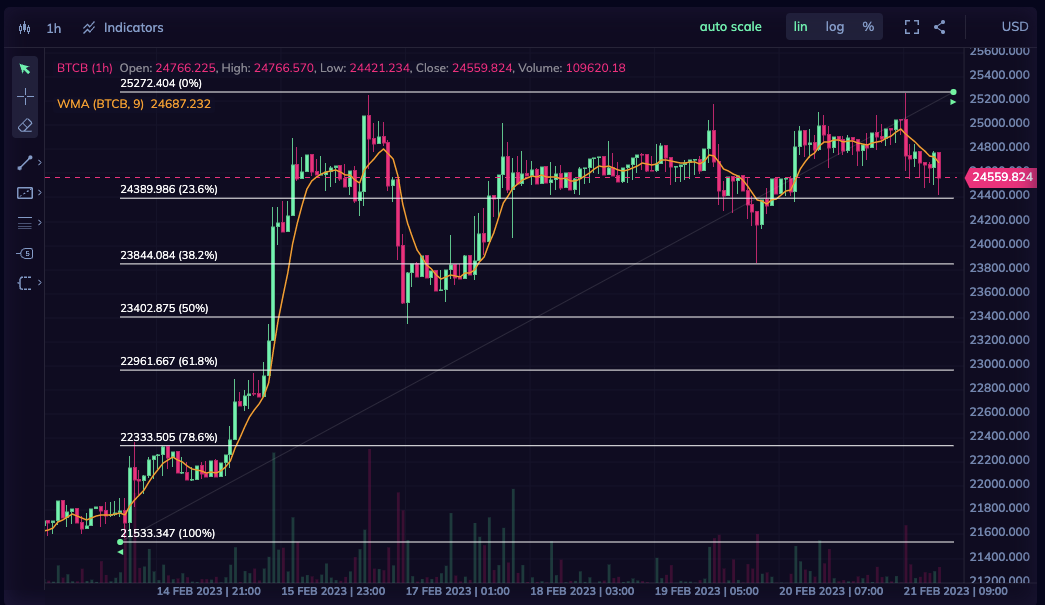Polkadot
Polkadot is a next-generation blockchain protocol that allows multiple independent blockchains to operate within a single network.

Polkadot is a next-generation blockchain protocol that allows multiple independent blockchains to operate within a single network. It was founded in 2016 by Dr. Gavin Wood, a co-founder of Ethereum, and launched in May 2020. Since its inception, Polkadot has gained significant attention in the blockchain and cryptocurrency industry for its innovative approach to blockchain interoperability and scalability.
History
Polkadot was created as a response to the limitations of existing blockchain networks. While blockchains like Bitcoin and Ethereum are capable of processing transactions and executing smart contracts, they are limited in terms of scalability and interoperability. Polkadot was designed to solve these problems by creating a network of blockchains that can communicate with each other and operate as a unified system.
In 2016, Dr. Gavin Wood founded Parity Technologies, the company behind Polkadot, with the goal of creating a blockchain platform that could scale to meet the needs of enterprise applications. The Polkadot network was first introduced in 2017 as a white paper, which outlined its unique architecture and features. In 2019, Polkadot launched its first public testnet, called Kusama, which allowed developers to experiment with the platform before its mainnet launch in May 2020.
Examples
Polkadot has been adopted by a number of blockchain projects and companies since its launch. One notable example is Chainlink, a decentralized oracle network that provides data to smart contracts. Chainlink has integrated with Polkadot to enable cross-chain communication and allow data to be shared between different blockchains.
Another example is Acala, a decentralized finance (DeFi) platform that has built its infrastructure on the Polkadot network. Acala offers a range of DeFi services, including stablecoins, lending and borrowing, and decentralized exchanges.
Pros and Cons
Pros:
- Scalability: Polkadot's architecture allows multiple blockchains to operate within a single network, which increases scalability and reduces congestion.
- Interoperability: Polkadot allows blockchains to communicate with each other, which enables cross-chain transactions and interoperability between different blockchain networks.
- Security: Polkadot uses a unique consensus mechanism called "Nominated Proof-of-Stake," which provides increased security and prevents centralization.
- Governance: Polkadot has a built-in governance system that allows token holders to vote on important network decisions, such as upgrades and changes to the protocol.
Cons:
- Complexity: Polkadot's architecture is complex and requires a significant amount of technical expertise to understand and develop applications on.
- Centralization: While Polkadot's consensus mechanism is designed to prevent centralization, there are concerns that the network could become centralized over time.
- Adoption: Polkadot is a relatively new blockchain network and has yet to gain widespread adoption. It remains to be seen whether it will become a dominant player in the blockchain industry.
Interesting Facts:
- Polkadot's founder, Dr. Gavin Wood, was also a co-founder of Ethereum and is considered one of the most influential figures in the blockchain industry.
- Polkadot's mainnet launch was delayed by several months due to technical issues and a series of bugs that were discovered during testing.
- Polkadot's token, called DOT, is used to secure the network and participate in governance decisions. DOT is one of the top 20 cryptocurrencies by market capitalization, with a current market cap of over $30 billion USD.
- Polkadot's architecture is based on the "Substrate" framework, which allows developers to create customized blockchains with specific features and functions.
- Polkadot's "Parachains" are independent blockchains that are connected to the main Polkadot network. These Parachains can be customized to meet the needs of specific applications and use cases.
- Polkadot's Kusama network, which launched in 2019, is a "canary network" that allows developers to test new features and applications before they are deployed on the main Polkadot network.
- Polkadot has partnerships with a number of companies and organizations, including Chainlink, Acala, and the Web3 Foundation.
Conclusion
Overall, Polkadot is an innovative blockchain protocol that offers a unique solution to the scalability and interoperability challenges faced by existing blockchain networks. While it is still a relatively new platform, Polkadot has already gained significant attention and adoption in the blockchain industry. Its complex architecture and governance system make it a powerful tool for developers and organizations looking to build customized blockchain applications. However, it also faces challenges in terms of complexity and adoption, which will need to be addressed in order for it to reach its full potential.




